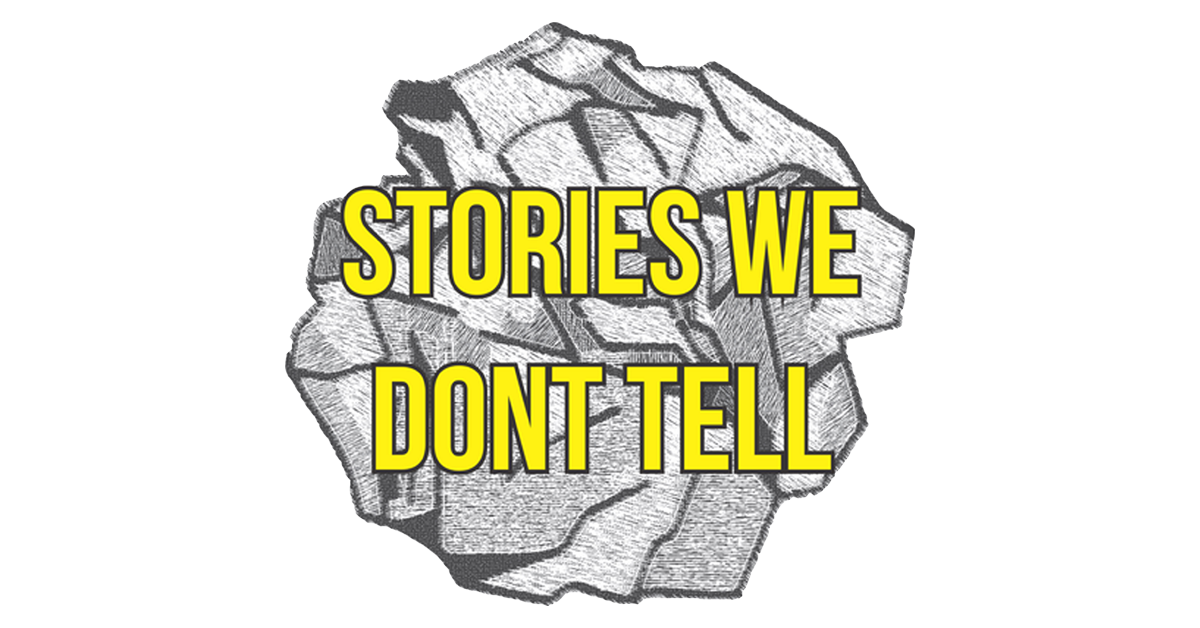This is a transcription of Stories We Don't Tell Podcast Episode 62: Find your moment. Listen to the podcast episode HERE.
This is our final episode in our mini-series: 'don't take this advice'. We like that this is advice you shouldn't feel pressured to take. This is a safe space. We feel quite strongly about this last piece of advice.
So you have a story and it feels good but you are about to present it to an audience.
We've talked about editing. This is almost like another layer of editing where you're done writing and you're happy with the story you're going to tell. It's tight. It's great. You took all of our advice or you didn't. You start practicing your story and editing it in the way you speak. Sometimes you take out words or switch things around. Or you write in the pauses or breaks. You should just try to be mindful that you are in front of an audience and there are different little tricks and things that you can use to enhance the storytelling. You can slow down your speech, which slows down time. Or pause after a joke to give the audience the chance to catch up. If you have a weirdly worded sentence that's going to be hard for you to get out no matter what, maybe change that sentence.
Knowing how to live inside your story in front of an audience brings more meaning to it. Or you can lose your audience by not doing it well. Be present. This sounds weird but it's like you're almost feeling the audience, which is a skill you can develop. Sometimes if you practice your story and then you kind of assume the audience will react in certain ways, it can throw you off. Different audiences completely react differently to different things. They might laugh where you didn't expect them to laugh. Just practice it to see where all your beats are. Try to really be in the moment and listen to the audience - if they're laughing, let them laugh and so on.
The more comfortable you are with the story, the more comfortable the audience will be. By preparing, your head will allow your heart to reach those emotional moments. If there's a part in the story that is more emotional, you can give yourself markers to get in and out of these sections. Maybe the emotional bits are more improvised because you want to try and experience those feelings again and have the audience experience those feelings with you. But then have these markers - maybe just a word or a phrase - that pulls you back in into the story to keep it going.
To wrap up, first you write out the entire story, find the specific moment you want to talk about, place that moment in context, edit the shit out of it and then prepare it for an audience.

